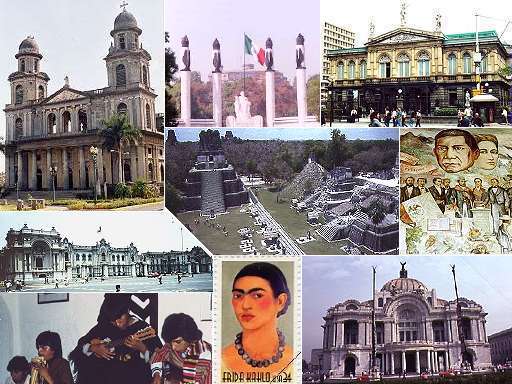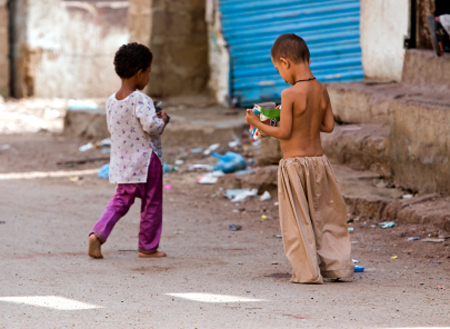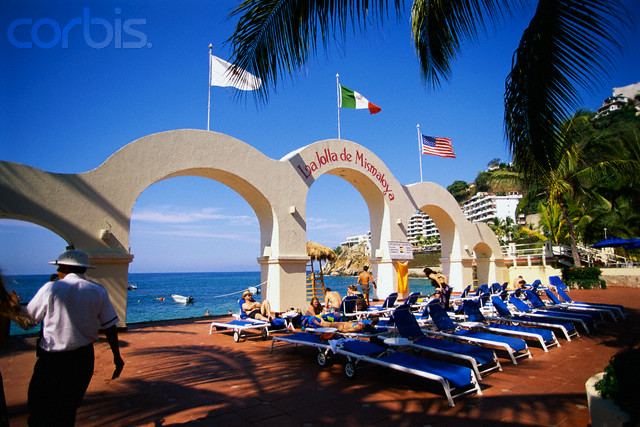Standard of living, consumption, and the environment
According to Goldman Sachs ' BRIC review of emerging economies, by 2050 the largest economies in the world will be as follows: China, United States, India, Brazil, and Mexico. On a per capita basis most Latin American countries, including the largest ones (Argentina, Mexico, Brazil, Chile, Peru, Venezuela, and Colombia), have per capita GDPs greater than that of China in 2009, while the majority of Latin America is substantially more developed than China . As of 2010 Latin America included five nations classified as high-income countries: Chile , Mexico , Argentina , Uruguay and Panama .
Inequality and poverty
Inequality and poverty continue to be the region's main challenges; according to the ECLAC Latin America is the most unequal region in the world. The countries with the highest inequality in the region (as measured with the Gini index in the UN Development Report ) in 2007 were Haiti (59.5), Colombia (58.5), Bolivia (58.2), Honduras (55.3), Brazil (55.0), and Panama (54.9), while the countries with the lowest inequality in the region were Venezuela (43.4), Uruguay (46.4) and Costa Rica (47.2). One aspect of inequality and poverty in Latin America is unequal access to basic infrastructure.
According to the World Bank the poorest countries in the region were (as of 2008): Haiti , Nicaragua , Bolivia and Honduras . Undernourishment affects to 47% of Haitians , 27% of Nicaraguans , 23% of Bolivians and 22% of Hondurans .
Many countries in Latin America have responded to high levels of poverty by implementing new, or altering old, social assistance programs . These include Mexico's Progresa Opportunidades, Brazil's Bolsa Escola and Bolsa Familia , and Chile's Chile Solidario.
Trade blocs
The major trade blocs (or agreements) in the region are the Union of South American Nations , composed of the integrated Mercosur and Andean Community of Nations ( CAN ). Minor blocs or trade agreements are the G3 Free Trade Agreement , the Dominican Republic – Central America Free Trade Agreement ( DR-CAFTA ) and the Caribbean Community ( CARICOM ). However, major reconfigurations are taking place along opposing approaches to integration and trade; Venezuela has officially withdrawn from both the CAN and G3 and it has been formally admitted into the Mercosur (pending ratification from the Paraguayan legislature). The president-elect of Ecuador has manifested his intentions of following the same path. This bloc nominally opposes any Free Trade Agreement (FTA) with the United States, although Uruguay has manifested its intention otherwise. On the other hand, Mexico is a member of the North American Free Trade Agreement ( NAFTA ). Chile has already signed an FTA with Canada , and along with Peru are the only two South American nations that have an FTA with the United States . Colombia 's government is currently awaiting its ratification by the U.S. Senate .
Tourism
Income from tourism is key to the economy of several Latin American countries. Mexico receives the largest number of international tourists, with 21.4 million visitors in 2007, followed by Brazil , with 5.0 million; Argentina , with 4.6 million; Dominican Republic , with 4.0 million;, Puerto Rico , with 3.7 million and Costa Rica with 1.9 million places such as Cancun , Galapagos Islands , Machu Picchu , Chichen Itza , Cartagena de Indias , Cabo San Lucas , Acapulco , Rio de Janeiro , Salvador , Margarita Island , São Paulo , Salar de Uyuni , Punta del Este , Santo Domingo , Labadee , San Juan , La Habana , Panama City , Iguazu Falls , Puerto Vallarta , Poás Volcano National Park , Punta Cana , Viña del Mar , Mexico City , Quito , Bogotá , Buenos Aires , Lima , Cuzco and Patagonia are popular among international visitors in the region.





